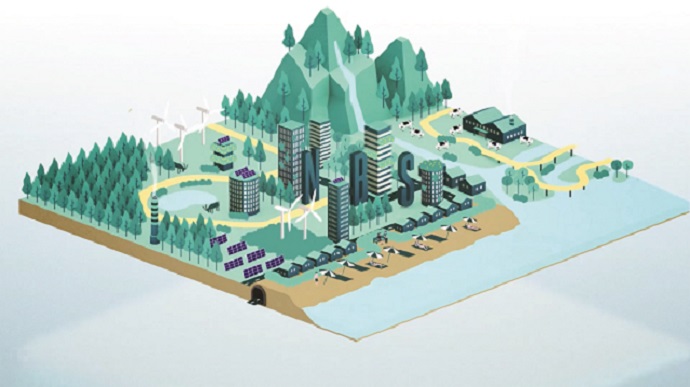Think local, act global: Can community-led actions tackle large-scale societal issues?
When companies, universities, policymakers and citizens get together to collaborate on a project or innovation, they are engaging in what is called co-creation. Long used in the business world, particularly around consumer relations, the EU is increasingly seeing co-creation as a potential vehicle for steering innovation to support the public good. However, there is an assumption that, to have widespread impact, co-created solutions would have to be scaled up. “At first glance, the idea of scaling up co-creation seems to risk throwing the baby out with the bathwater,” explains Sebastian Pfotenhauer, a professor at the Technical University of Munich (TU Munich). “Expanding the scale would risk losing its core value proposition – the ability to address locally specific needs and concerns and better embed innovation within society.” With the support of the EU-funded SCALINGS project, Pfotenhauer is leading an effort to find out if, and when, scaling co-creation is desirable – or even possible. “We wanted to see how far co-creation could be responsibly scaled across different places and domains, and what the limits are,” he says.
Eye-opening discoveries
The project carried out a comparative study of co-creation efforts happening in 10 countries. During the study, researchers examined three mainstream co-creation instruments, namely living labs, public procurement of innovation, and co-creation facilities, being used across a range of technical domains. “Co-creation looks very different in different regions and contexts of application,” says Carlos Cuevas Garcia, a researcher from the TU Munich team, adding that it can be both inclusive and exclusive. “While co-creation is often viewed as a process that brings people together, it can also reveal, even exacerbate, substantial power asymmetries and inequalities,” notes Cuevas Garcia. “To be scalable, the process needs to address the political dimension of co-creation and be implemented both carefully and reflexively.” Another major insight was that the demand for co-creation expertise and dialogue is huge. “Many technical communities are already deploying co-creation formats regularly,” adds Pfotenhauer. “However, when they do, they tend to run into the same kind of questions and challenges.” According to Pfotenhauer, some of the most common questions heard include: Who should be involved and when? How do the requirements change when moving from one site to another? How can these communities be sustained beyond individual project cycles? How much of the co-creation process can actually be standardised in policy instruments? What role should the EU play?
A roadmap for responsible co-creation
To help answer these questions, the project leveraged all its findings and best practices to create a roadmap for implementing responsible co-creation projects. “This tool provides organisers and policymakers with a set of prompts that can help steer their co-creation efforts towards more desirable, sustainable and impactful outcomes,” remarks Pfotenhauer. “We expect this tool will become a go-to resource for policymaking, research funding and all things co-creation.” The roadmap, along with SCALINGS’ other findings and teaching resources, are already playing a central role in another EU-funded project, BoostEuroTeQ, which focuses on augmenting future engineering education.
Keywords
SCALINGS, co-creation, scaled, scalable, innovation, living labs, public procurement, BoostEuroTeQ







